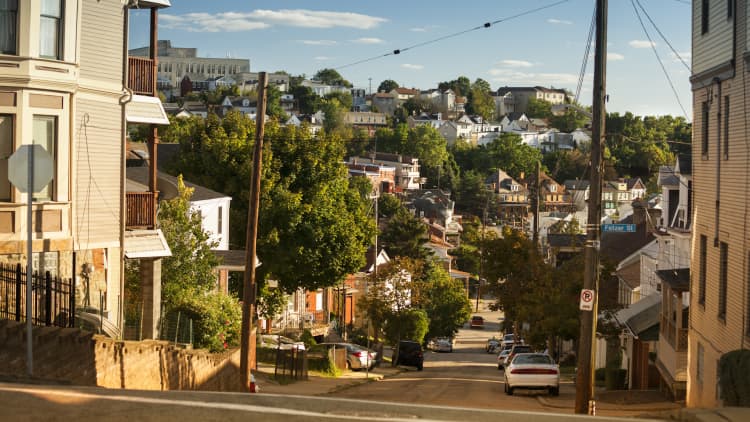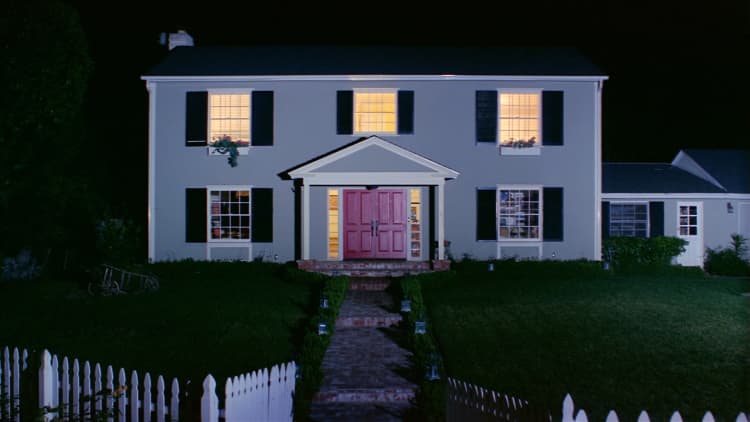The percentage of American full-time minimum-wage workers who can afford to rent a one-bedroom apartment in any U.S. state without being what the government calls "burdened" is so vanishingly small — less than one percent — that it rounds down to zero.
That's the conclusion of the National Low Income Housing Coalition, a lobbying group that pushes for more low-income housing and also reports that no full-time minimum-wage worker can afford a two-bedroom apartment in any U.S. state. Researchers define "afford" by people's ability to pay 30 percent of their income or less on the cost of housing, which may include their mortgage, insurance and taxes. Those who are severely cost-burdened must use 50 percent or more of their income just to cover housing.
The cost of housing has risen so significantly that even a one-bedroom is out of reach everywhere except in 12 counties located in rural Washington, Arizona and Oregon, reports Laura Bliss for CityLab.
Bliss notes that "more than 76 percent of renter households reside in a county or metro area where it takes more than 60 hours per week of full-time, minimum-wage work to reasonably afford even a one-bedroom unit. In California, the nation's most populous state, it would take 92 hours. In Virginia, it would take 109."
The federal minimum wage is $7.25. According to the Bureau of Labor Statistics, "minimum wage workers tend to be young" and unmarried and often live with parents or otherwise share housing. BLS also reported in 2016 that they make up a small percentage of the overall labor force: "2.2 million workers with wages at or below the federal minimum made up 2.7 percent of all hourly paid workers."
Columnist Tim Worstall at Forbes contends that minimum-wage workers have arguably never been able to afford housing. "If we want housing to be cheaper we should build more of it," he writes.
Supply is, indeed, part of the problem. While some renters can still find individual apartments that charge less than the median rent, these spaces are often substandard or unsafe. Regardless, there aren't nearly enough of those to meet demand. Scarcity has been an issue for decades, and the situation has only gotten worse.
The Harvard University 2017 State of the Nation's Housing Report makes clear that, since most of the new units being built are at the high end, "the number of modestly priced units available for under $800 declined by 261,000 between 2005 and 2015, while the number renting for $2,000 or more jumped by 1.5 million." It also states that "nearly 39 million U.S. households live in housing they cannot afford."
That's in part because, as the National Employment Law Project reports, "forty-two (42) percent of U.S. workers make less than $15 per hour." The average U.S. renter makes only about twice as much at $16.38 an hour and even at that wage would have trouble affording housing.
As Bliss points out, "in 2017, the average U.S. worker would need to bring in a whopping $21.21 per hour to reasonably afford a modest two-bedroom apartment. That's nearly three times the federal minimum wage of $7.25, and roughly 30 percent more than the $16.38 hourly wage that the average U.S. renter brings home."
A 2017 poll found that bipartisan majorities of Americans now favor raising the minimum wage.
Like this story? Like CNBC Make It on Facebook.
Don't miss:
No full-time minimum-wage worker can afford a 2-bedroom apartment in any U.S. state




